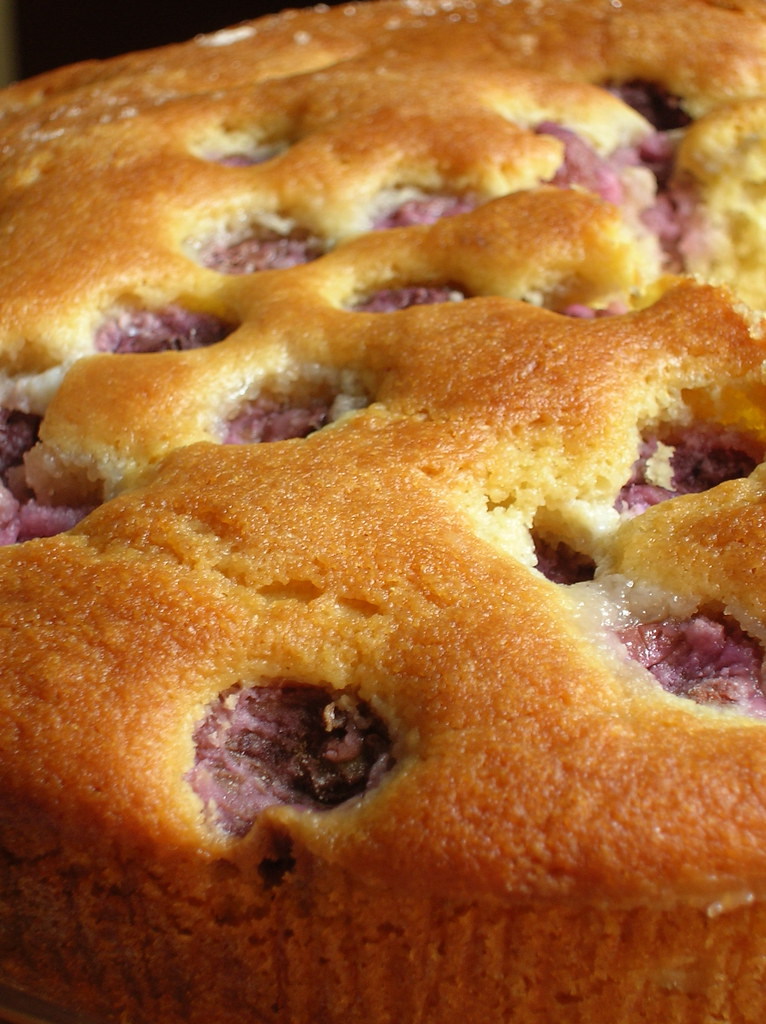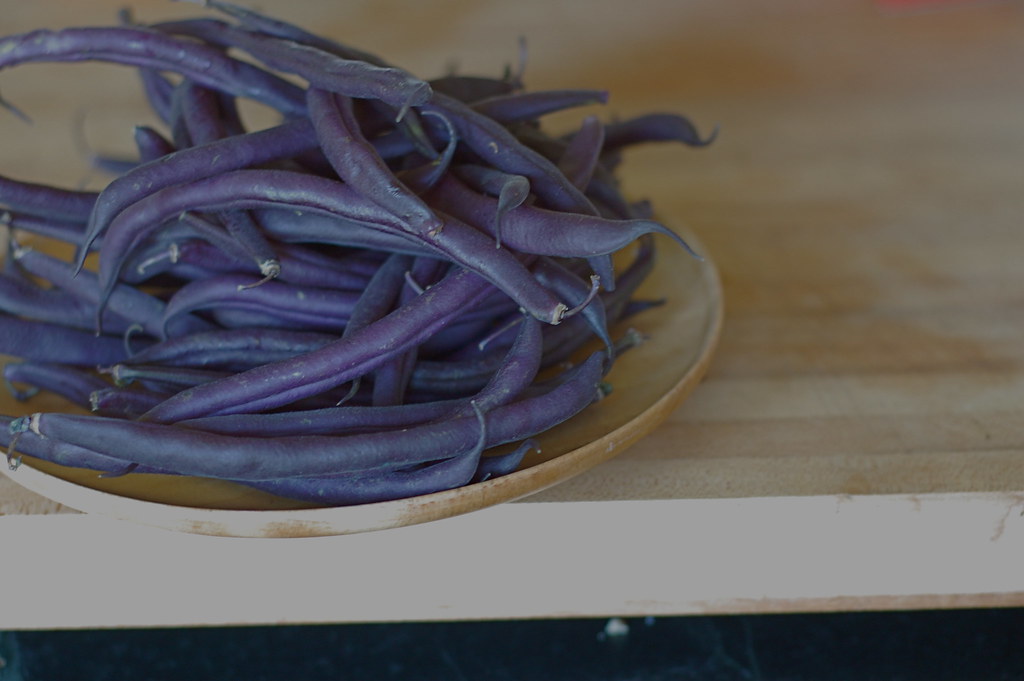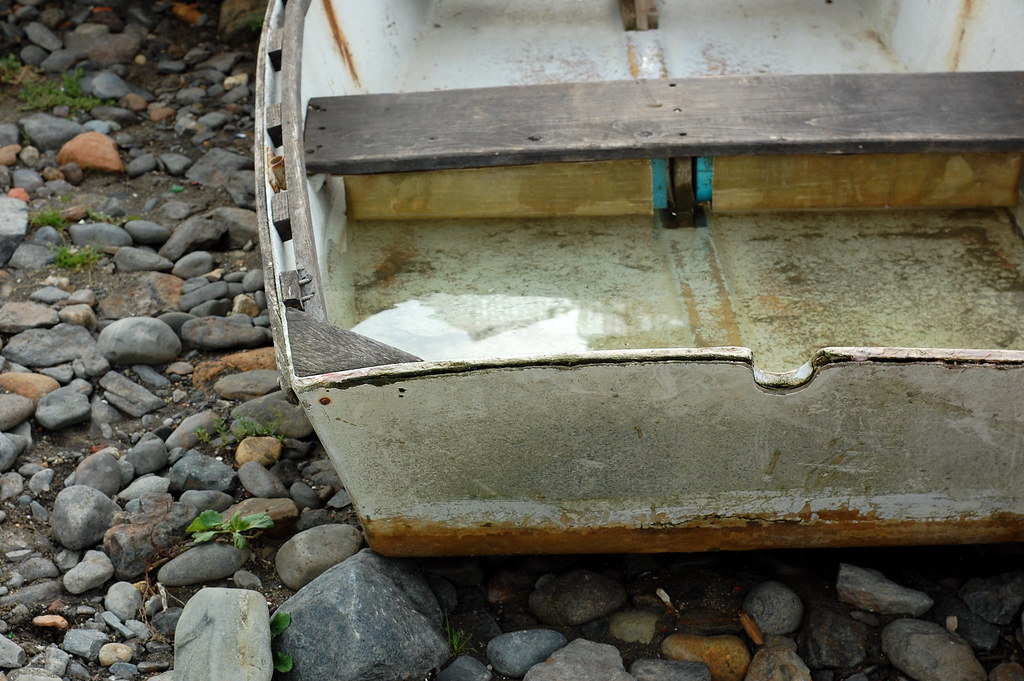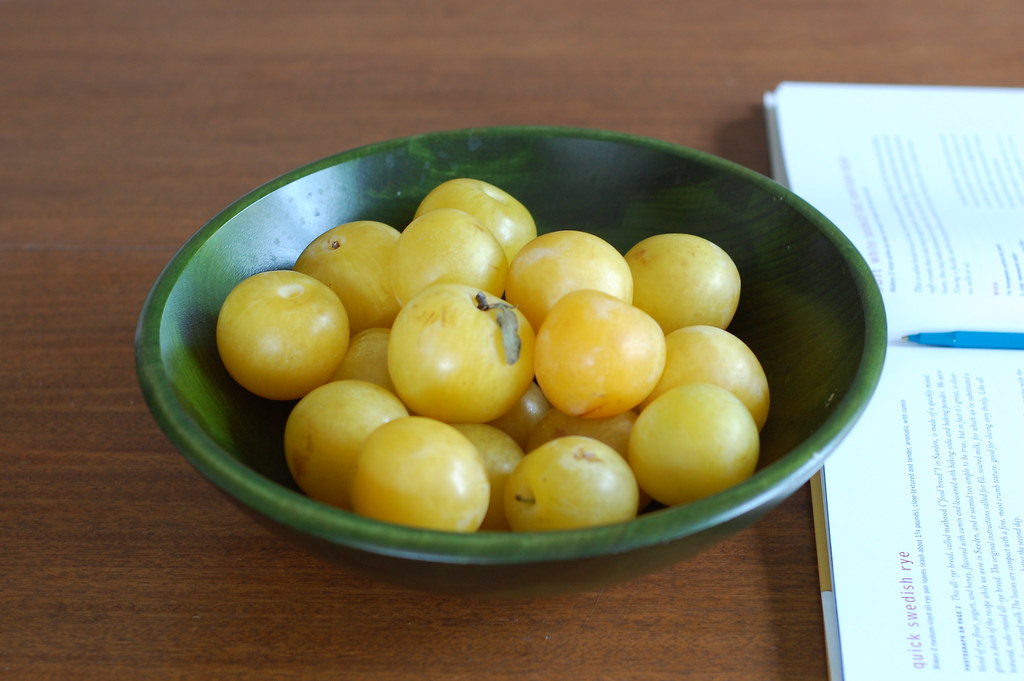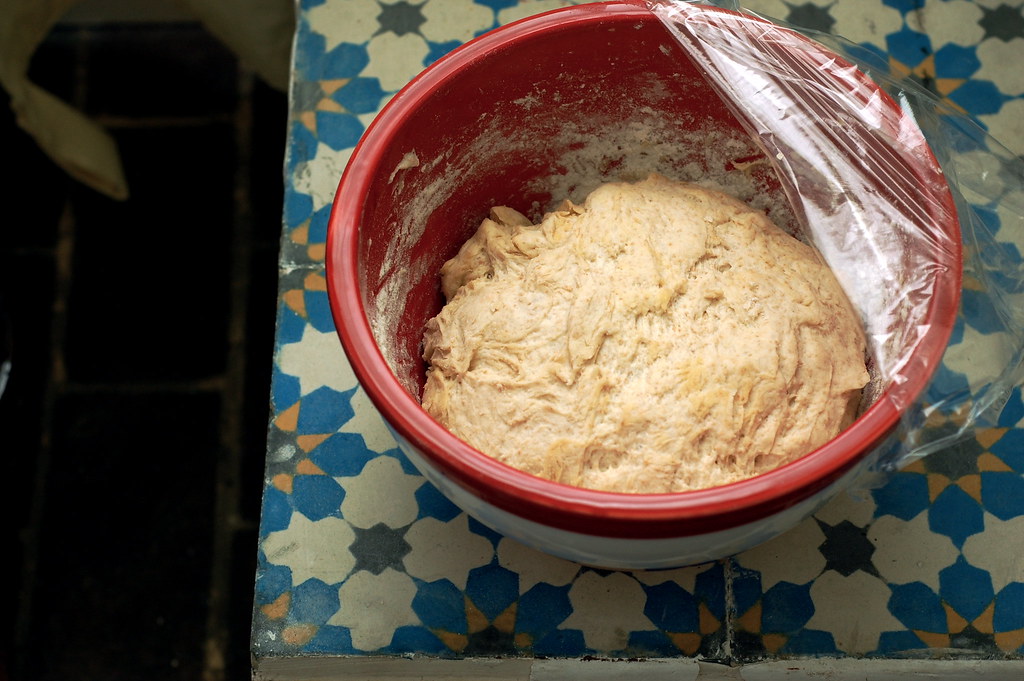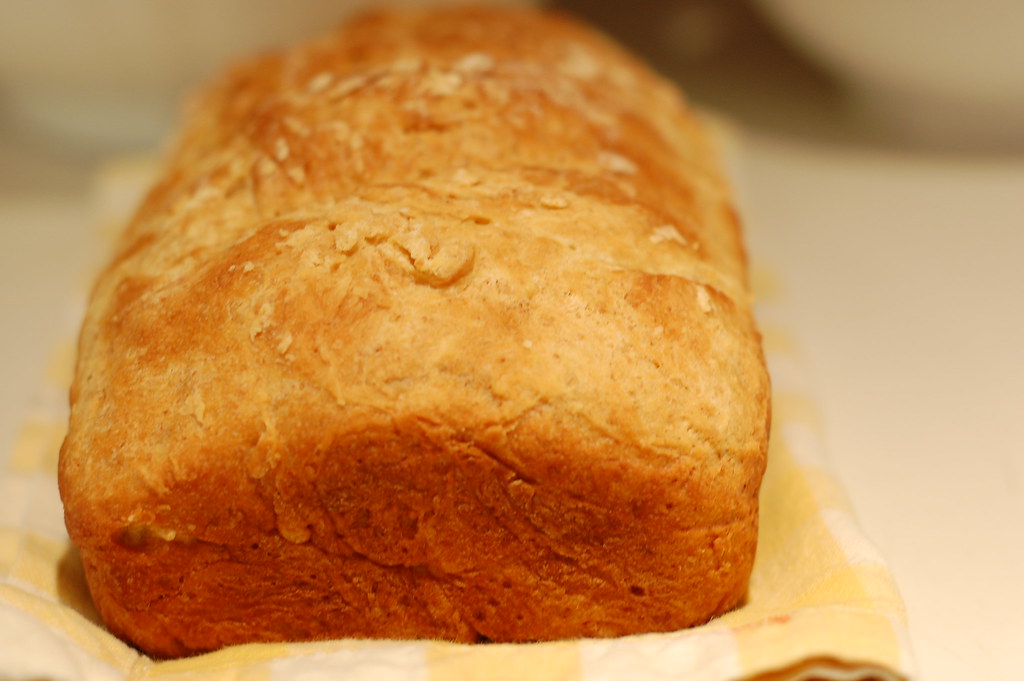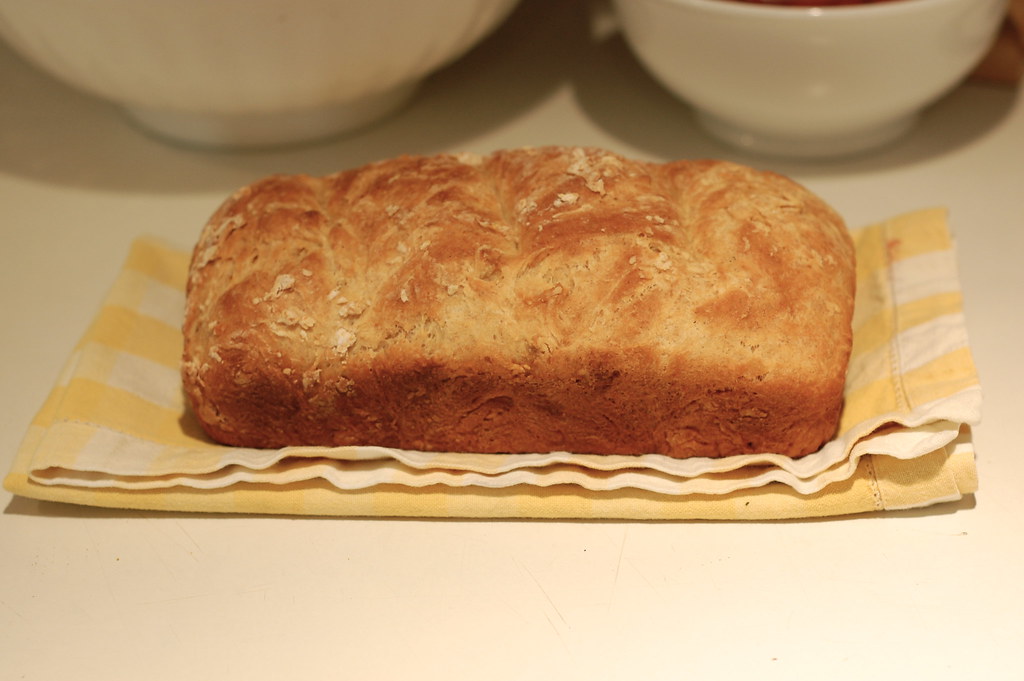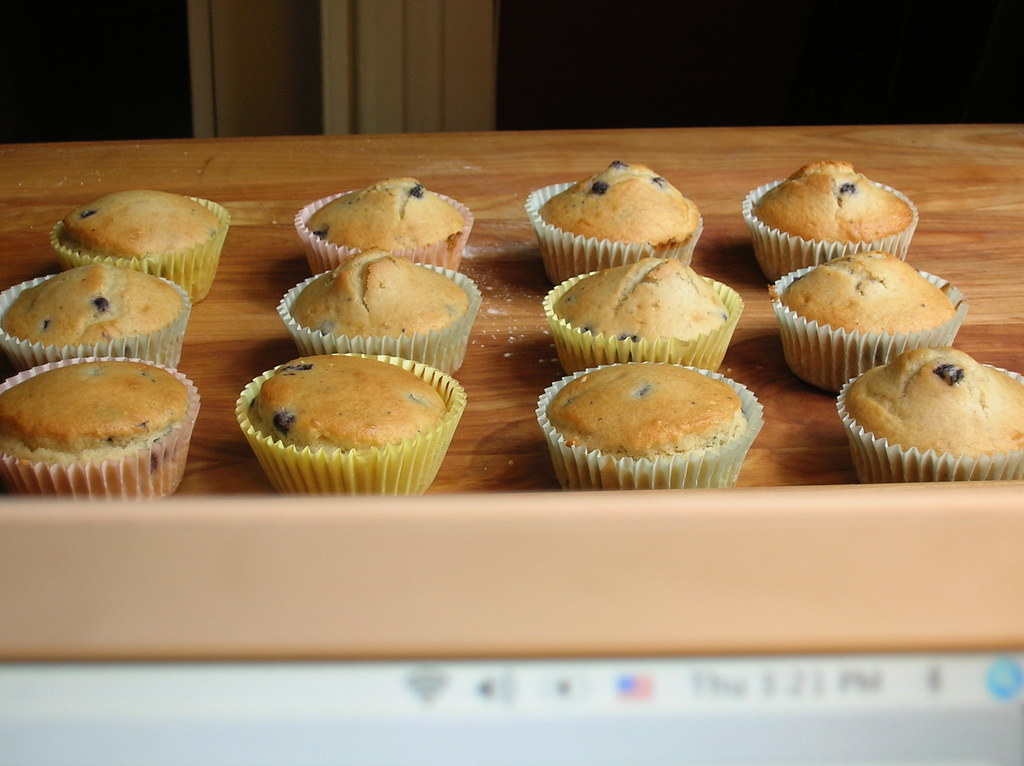 When it comes to breakfast, I'm generally of the oatmeal/toast/yogurt/granola variety. That is to say, stable, predictable, and likely to sustain me without a mid-morning sugar-crash or a rumbling stomach. Which is probably why you don't see a whole lot of breakfast recipes here, if it's something special I'm more likely to be going out for brunch. I also happen to think most muffins are really jut an excuse to eat cake for breakfast, and these days they are equally likely to be dense, sweet, and about the size of your head.
When it comes to breakfast, I'm generally of the oatmeal/toast/yogurt/granola variety. That is to say, stable, predictable, and likely to sustain me without a mid-morning sugar-crash or a rumbling stomach. Which is probably why you don't see a whole lot of breakfast recipes here, if it's something special I'm more likely to be going out for brunch. I also happen to think most muffins are really jut an excuse to eat cake for breakfast, and these days they are equally likely to be dense, sweet, and about the size of your head.

But on the other hand, a petite little muffin can be just the right amount of sweetness to your morning, and if you live life on the run, it's supremely portable. Based on the simplest wet-dry baking technique, they're also a snap to stir together, and while not the most virtuous in the nutrition aisle, you can at least make them an appropriate size. And now, with the financial markets making us cringe daily, the least you can do is add a little economical sweetness to brighten your morning.
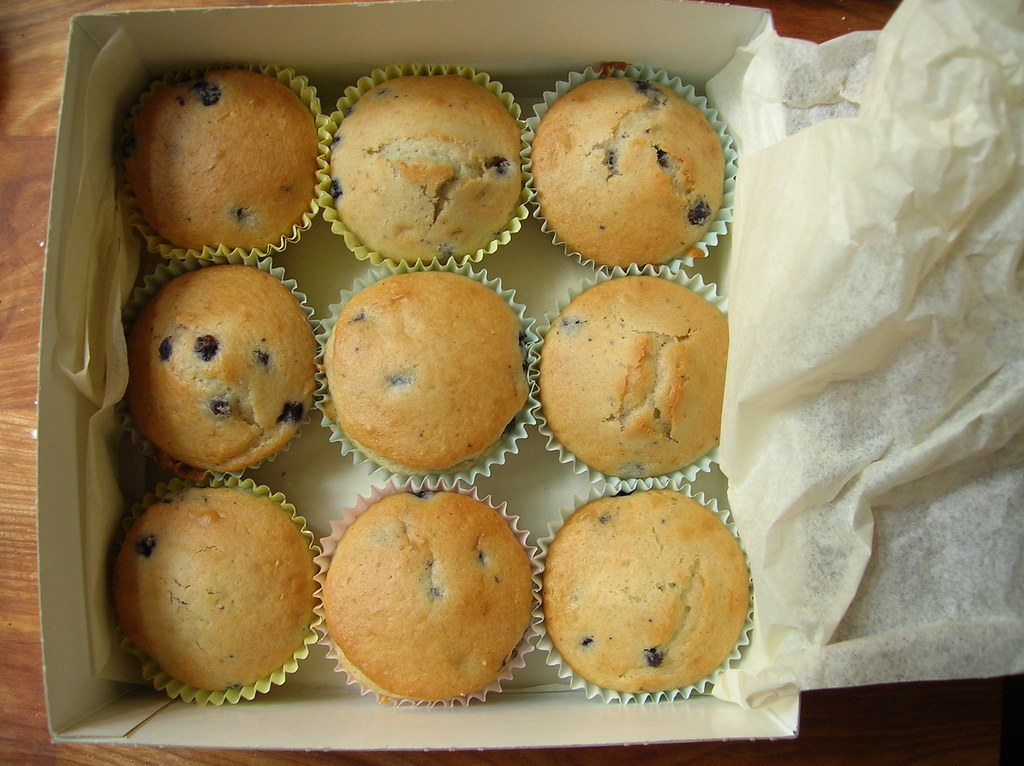
Blueberry Muffins
I particularly like tiny Maine blueberries, defrosted from frozen. You can also substitute 1 1/4 cups buttermilk for the plain yogurt. Makes about 24 muffins, recipe can be halved.
3 cups all-purpose flour
1 tbl baking powder
1/2 teaspoon baking soda
1/2 teaspoon salt
8 tbl unsalted butter, melted
1 cup sugar
2 large eggs
1 1/2 cups plain yogurt
zest of 1 lemon
1 1/2 cups blueberries
1. Preheat oven to 375 F. Grease or line you muffin tins.
2. Combine flour, baking powder, baking soda, and salt in a bowl. In another bowl, beat the egg with the sugar until lightened in color and very thick, about 3 minutes. Drizzle in the butter. Add half the flour mixture to the egg mixture, then the yogurt, then the remaining flour mixture. Fold everything together in a few swift storkes- don't beat the hell out of the batter, some small lumps are ok. Fold in the lemon zest and blueberries
3. Pour batter into prepared cups, filling the muffin tins 3/4 full. Bake 25-30 minutes, or until a toothpick comes out clean. Cool on a rack.
Variations: Cinnamon Blueberry Muffins- add 1 tsp cinnamon. Gingerbread Blueberry Muffins- use brown sugar, 1/2 teaspoon each cinnamon, ginger, and 1/4 teaspoon each nutmeg and allspice. Blackberry Cardamom Muffins- use blackberries and 1/4 teaspoon cardamom. Raspberry Almond Muffins- substitute 1/2 cup flour with ground almonds and add 1/2 teaspoon almond extract.







